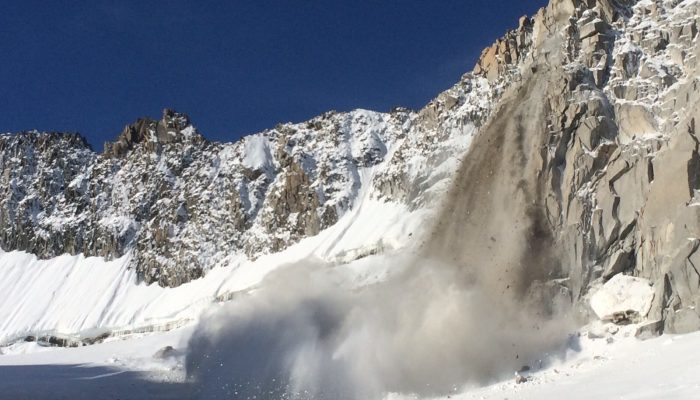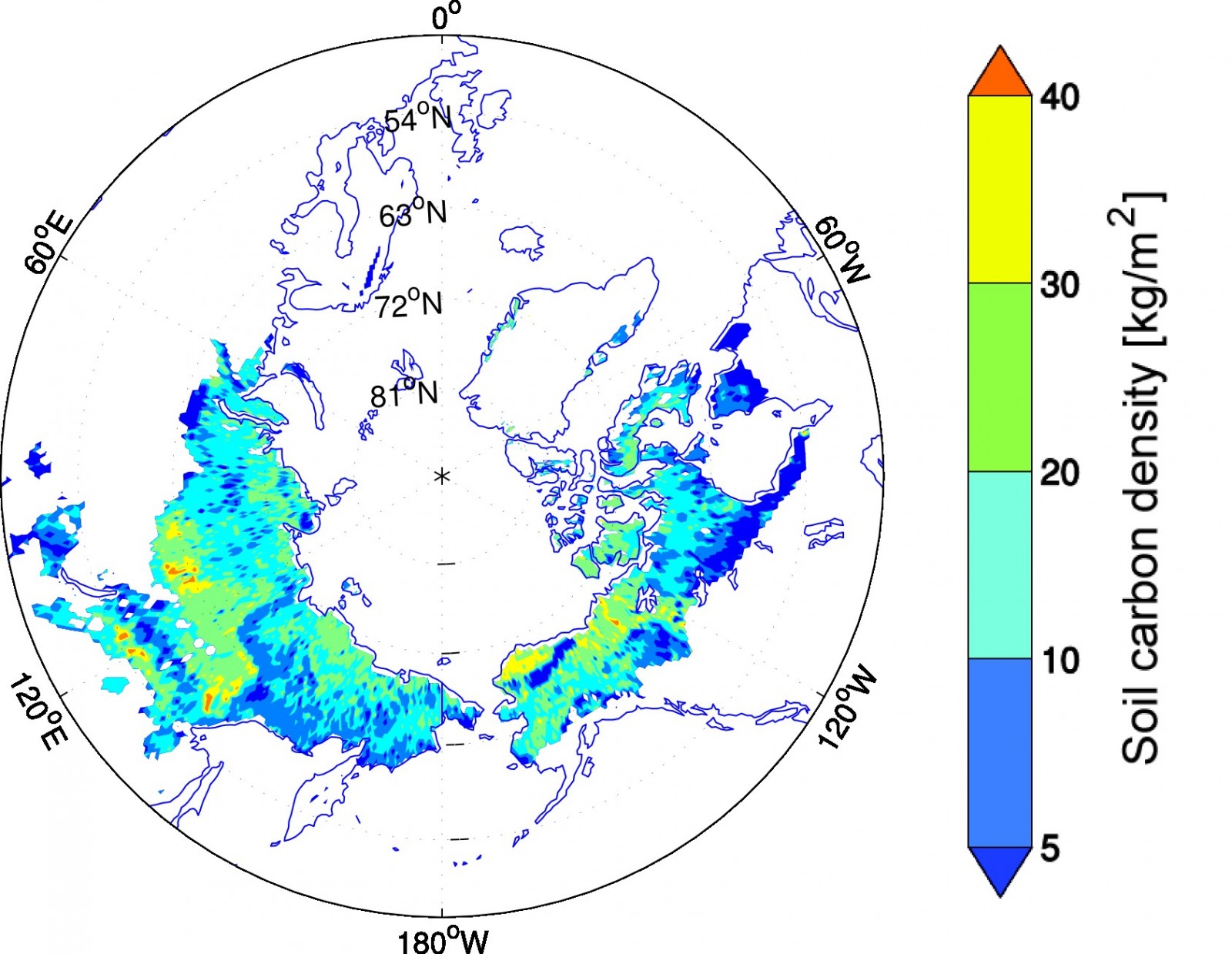In Svalbard, the snow melts to reveal a mysterious honeycomb network of irregular shapes (fig. 1). These shapes may look as though they have been created by a rogue baker with an unusual set of biscuit cutters, but they are in fact distinctive permafrost landforms known as ice-wedge polygons, and they play an important role in the global climate. Ice-wedge polygons: Nature’s biscuit-cutter In wint ...[Read More]
Image of the Week – Arctic changes in a warming climate

The Arctic is changing rapidly and nothing indicates a slowdown of these changes in the current context. The Snow, Water, Ice and Permafrost in the Arctic (SWIPA) report published by the Arctic Monitoring and Assessment Program (AMAP) describes the present situation and the future evolution of the Arctic, the local and global implications, and mitigation and adaptation measures. The report is base ...[Read More]
Image of the Week – Powering up the ground in the search for ice
In an earlier post, we talked briefly about below-ground ice and the consequences of its disappearing. However, to estimate the consequences of disappearing ground ice, one has to know that there actually is ice in the area of study. How much ice is there – and where is it? As the name suggests, below-ground ice is not so easy to spot with the naked eye. Using geophysical methods, however, ...[Read More]
Image of the Week – Heat waves during Polar Night!
The winter 2016-2017 has been one of the hottest on record in the Arctic. In our Image of the Week, you can see that air temperatures were positive in the middle of the winter! Let’s talk about the reasons and implications of this warm Arctic winter. But first, let’s take a tour in Svalbard, the gateway to the Arctic… A breach in the one of the world’s largest seed vaults The Global S ...[Read More]
Image of the Week – When the dirty cryosphere destabilizes!

Ice is usually something you see covering large ocean areas, mountain tops and passes or as huge sheets in polar regions. This type of ice is clearly visible from space or with the naked eye. There is, however, a large volume of ice that is less visible. This ice is distributed over the polar and high alpine permafrost regions; and is the ice hidden below ground. It might be hidden, but that doesn ...[Read More]
Image of the Week – Climate Change and the Cryosphere

While the first week of COP22 – the climate talks in Marrakech – is coming to an end, the recent election of Donald Trump as the next President of the United States casts doubt over the fate of the Paris Agreement and more generally the global fight against climate change. In this new political context, we must not forget about the scientific evidence of climate change! Our figure of the week, tod ...[Read More]
Image of The Week – Prize Polar Pictures!

Last week was the Fall APECS International Polar Week, designed to promote and celebrate the great collaborative science that goes on around the world to further our understanding of the polar regions. Part of this celebration was a figure competition, to find the most “eye-catching, informative and inspiring” figures that illustrate aspects of polar science. What better, we thought, t ...[Read More]
Image of The Week – Tumbling Rocks

This photo captures a rockfall at the summit of Tour de Ronde, 3792 m above sea level in the Mont Blanc Massif. On 27 August 2015, around 15000 m3 of rock fell from the steep walls of the mountain. Why do mountains crumble ? Rockfalls such as the one on the photo have been linked to thawing permafrost. The exact mechanism that leads to these events is not fully understood, however, it is thought ...[Read More]
When Cryospheric Research Transforms Lives
My name is Kathi Unglert, and I’m reporting from the EGU 2016 General Assembly as part of the EGU student reporter programme. Below is my second contribution to the Cryosphere Blog – this time about how cryosphere research can have a real impact on people’s lives. Antoni Lewkowicz – he’s famous, according to a comment I overheard in Tuesday’s PICO session on applied geophysics in cryosphere ...[Read More]
Image of The Week – The Ice Your Eyes Can’t See!

Ice sheets and glaciers are very visible and much photographed (e.g. here) elements of the Cryosphere but what about the vast, invisible and buried parts? Around a quarter of the land in the Northern hemisphere remains frozen year round, making up a hugely important part of the cryosphere known as permafrost. Permafrost largely exists at high latitudes (e.g. Siberia and the Canadian Arctic) and t ...[Read More]

